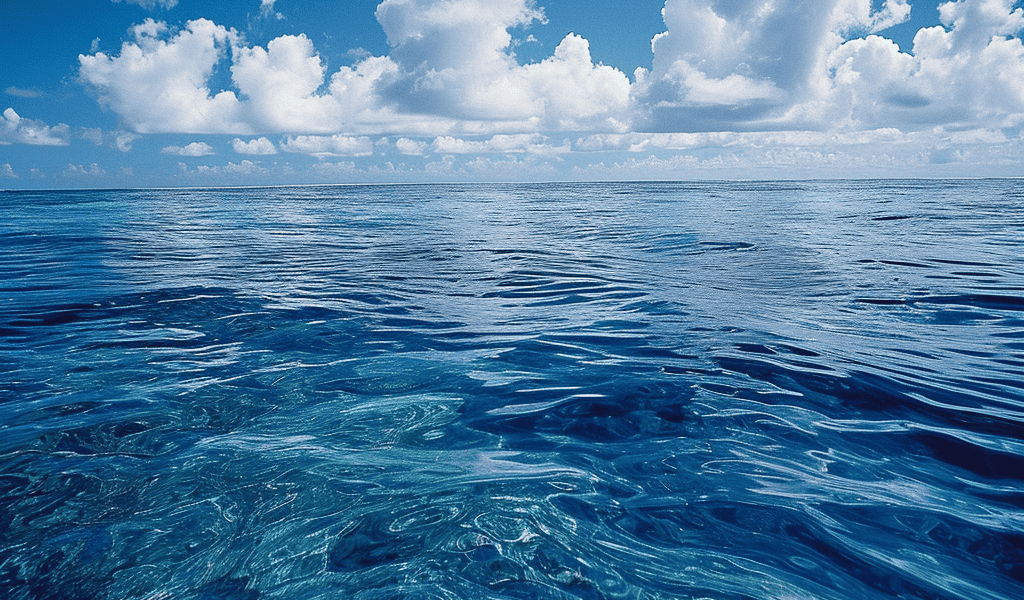In a recent opinion paper, Dr. Ivy Frenger and her international colleagues have challenged a common misconception in the field of ocean carbon storage. The Biological Carbon Pump (BCP), which plays a vital role in the Earth’s carbon cycle, is not solely responsible for the biogenic storage of CO2 in the ocean. The researchers argue that ocean circulation is another significant factor that needs to be considered.
The BCP involves the process by which living organisms in the ocean convert CO2 into organic matter during photosynthesis. Some of this organic matter sinks to the ocean’s depths, effectively storing the carbon away from the atmosphere. However, changes in ocean circulation patterns due to climate change can delay the return of this biologically stored carbon from the ocean interior to the surface, thereby increasing carbon storage in the ocean’s interior.
The scientists propose a new approach to estimating the CO2 reservoir resulting from biological processes in the ocean’s interior. This method involves measuring the oxygen content and physical state of the ocean, departing from the traditional focus on global export flux, which the researchers argue does not have a direct relationship with atmospheric CO2.
Understanding the complexities and key factors influencing the efficiency of the BCP can have implications for climate regulation strategies. It could guide potential attempts at ocean iron fertilization, aimed at promoting marine primary production to enhance the ocean carbon sink and regulate atmospheric CO2 levels. Additionally, the researchers’ insights could inform national greenhouse gas inventory reports and efforts to achieve the Paris Agreement goals.





